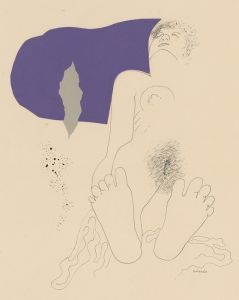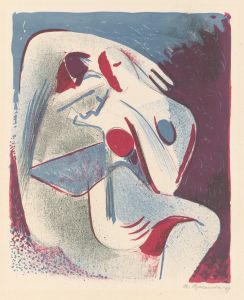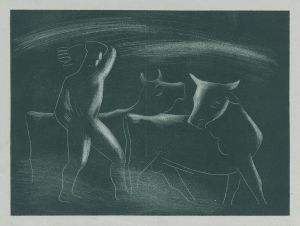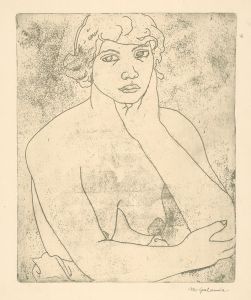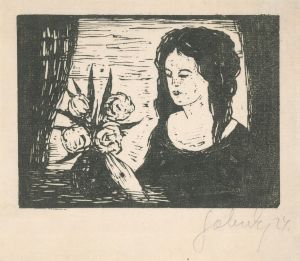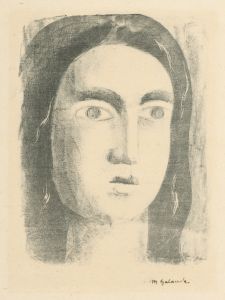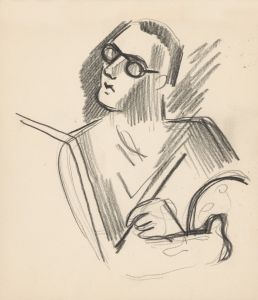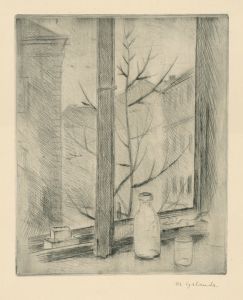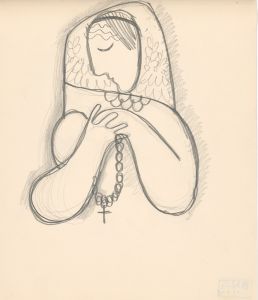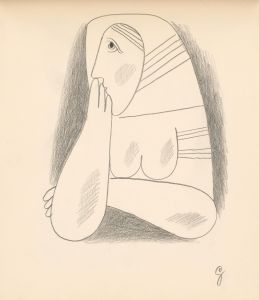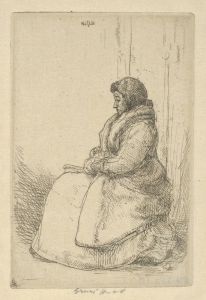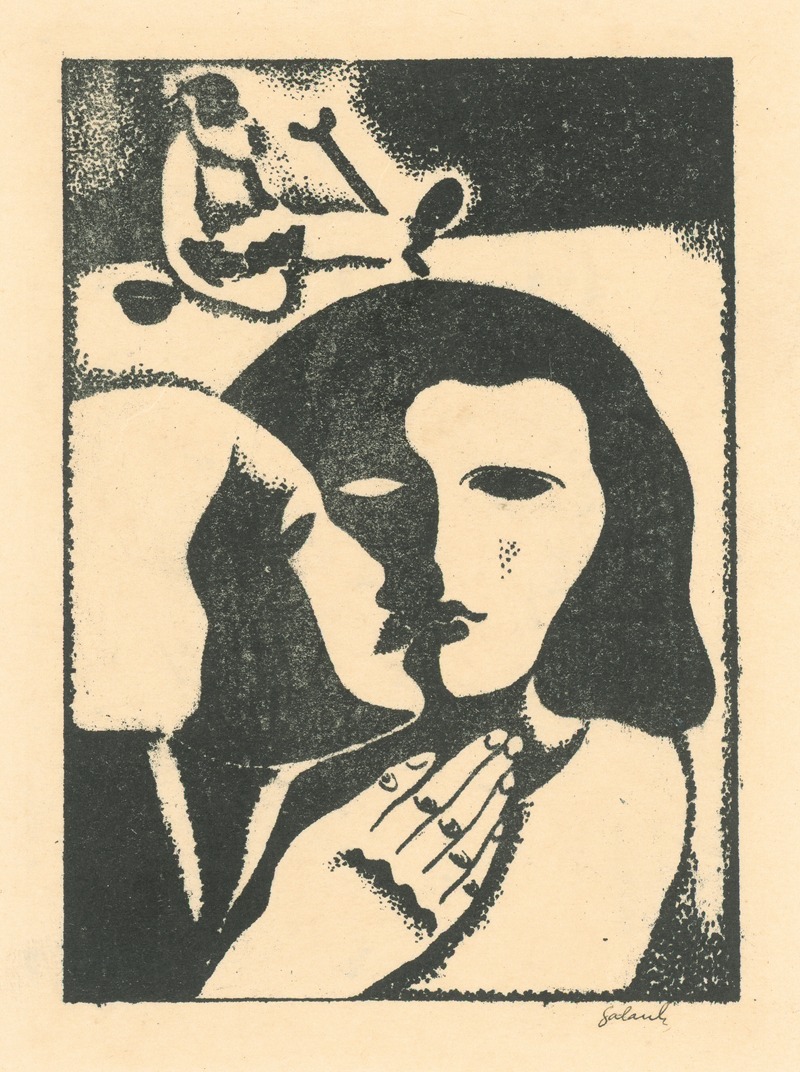
Beggar
A hand-painted replica of Mikuláš Galanda’s masterpiece Beggar, meticulously crafted by professional artists to capture the true essence of the original. Each piece is created with museum-quality canvas and rare mineral pigments, carefully painted by experienced artists with delicate brushstrokes and rich, layered colors to perfectly recreate the texture of the original artwork. Unlike machine-printed reproductions, this hand-painted version brings the painting to life, infused with the artist’s emotions and skill in every stroke. Whether for personal collection or home decoration, it instantly elevates the artistic atmosphere of any space.
Mikuláš Galanda was a prominent Slovak painter and illustrator, known for his significant contributions to modern Slovak art in the early 20th century. Born on November 4, 1895, in Turčianske Teplice, then part of the Austro-Hungarian Empire, Galanda became a key figure in the development of Slovak modernism. His works often reflect a synthesis of traditional Slovak themes with modernist techniques, characterized by bold colors and expressive forms.
One of Galanda's notable works is "Beggar," a painting that exemplifies his unique style and thematic focus. While specific details about the painting "Beggar" are limited, it is understood within the context of Galanda's broader oeuvre, which often depicted scenes of everyday life, infused with a sense of social commentary and emotional depth.
Galanda's artistic journey began with his studies at the Academy of Fine Arts in Budapest, followed by further education in Prague. His exposure to various European art movements during this period influenced his style, which combined elements of expressionism and cubism. Galanda was also a member of the "Generation 1909," a group of Slovak artists who sought to break away from academic traditions and embrace modernist approaches.
The painting "Beggar" likely reflects Galanda's interest in the human condition and social issues, themes that were prevalent in his work. His paintings often portrayed marginalized individuals, capturing their dignity and humanity amidst challenging circumstances. This focus on social realism was a response to the socio-political climate of the time, as Slovakia underwent significant changes in the early 20th century.
Galanda's use of color and form in "Beggar" would have been deliberate, aimed at evoking an emotional response from the viewer. His style is characterized by a vibrant palette and dynamic compositions, which convey a sense of movement and life. This approach not only highlights the subject matter but also invites the viewer to engage with the painting on a deeper level.
Throughout his career, Galanda was also involved in graphic design and illustration, contributing to various publications and exhibitions. His work in these fields further demonstrates his versatility and commitment to advancing Slovak art. Despite facing political and economic challenges, Galanda remained dedicated to his artistic vision, leaving a lasting impact on Slovak culture.
Mikuláš Galanda passed away on June 5, 1938, but his legacy continues to influence Slovak artists and the broader art community. His paintings, including "Beggar," are celebrated for their innovative approach and profound exploration of human themes. Today, Galanda is remembered as a pioneer of modern Slovak art, whose work continues to resonate with audiences and inspire future generations of artists.





